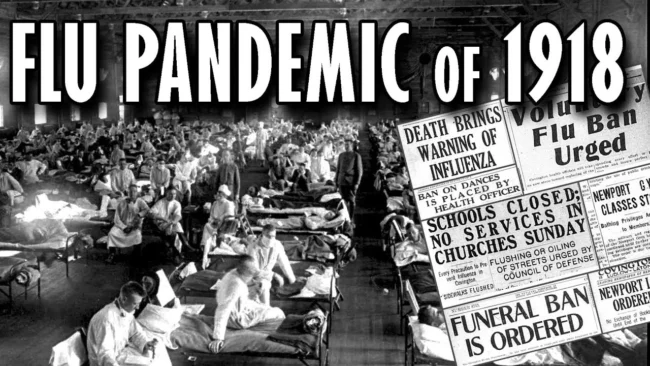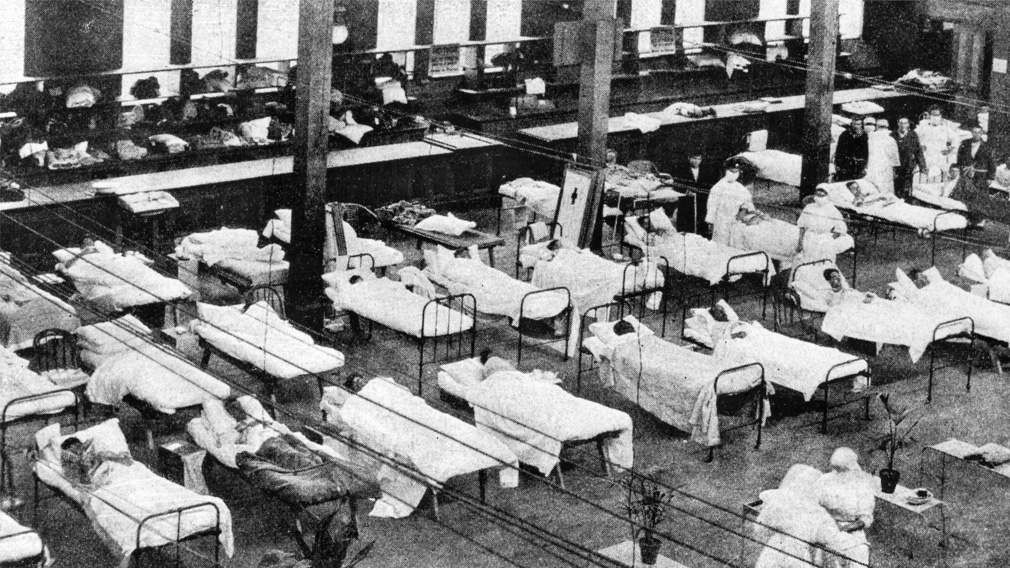The 1918 Influenza Pandemic, widely known as the Spanish Flu, was one of the deadliest disease outbreaks in recorded history. Over the course of
The 1918 Influenza Pandemic, widely known as the Spanish Flu, was one of the deadliest disease outbreaks in recorded history. Over the course of about a year, this global pandemic infected hundreds of millions and caused tens of millions of deaths. It occurred during a time of great upheaval, with World War I shaping how the virus spread and was managed. This article examines the origins, characteristics, impact, and lessons learned from this monumental public health crisis.
Must visit: activelifecare

Origins and Early Spread
The exact geographic origin of the 1918 influenza virus remains uncertain. Early outbreaks were recorded in the United States, France, and China, but no single “patient zero” has been definitively identified. The name “Spanish Flu” arose because Spain, being neutral in WWI, had a free press that openly reported on the outbreak while other countries suppressed information due to wartime censorship.
The pandemic was caused by an H1N1 influenza A virus—a strain previously unknown to humans. Because no immunity existed in the population, the virus spread rapidly and widely.
The Three Waves of the Pandemic
The pandemic unfolded in three distinct waves:
- First Wave (Spring 1918): The initial wave caused mild flu symptoms and was less deadly. It spread quickly among military personnel and civilians but had a relatively low death rate.
- Second Wave (Fall 1918): This wave was far more virulent and responsible for the majority of deaths. The virus had mutated to a more deadly form, causing severe pneumonia and rapid deterioration in many patients. Hospitals were overwhelmed, and many communities faced severe shortages of medical staff and resources.
- Third Wave (Winter 1918-1919): This wave was less intense than the second but still dangerous, extending the pandemic into early 1919.
The second wave was the deadliest and is often the focus of historical accounts.
Why Was the 1918 Influenza Pandemic So Deadly?
Several factors contributed to the unusually high mortality:
- Lack of Preexisting Immunity: The virus was novel, so people had no natural defenses against it.
- Cytokine Storms: The virus caused overactive immune responses, especially in young, healthy adults, leading to severe lung inflammation and respiratory failure.
- War Conditions: World War I created perfect conditions for the virus to spread: crowded military camps, poor nutrition, stress, and troop movements.
- Limited Medical Tools: At the time, no vaccines or antiviral medications existed, and antibiotics to treat secondary bacterial infections were unavailable.
- Global Movement: Rapid transportation of troops and civilians spread the virus worldwide within months.
Impact and Death Toll
The 1918 flu infected approximately 500 million people—about one-third of the global population at the time. Death estimates vary but generally range between 20 million and 50 million. Some suggest numbers as high as 100 million.
The pandemic affected every continent, including remote Pacific islands and the Arctic. India and parts of Asia were particularly hard hit. Indigenous populations, lacking previous exposure to influenza viruses, suffered disproportionately high mortality rates.
Public Health Response
Public health strategies in 1918 included:
- Isolation and Quarantine: Infected individuals were isolated to prevent transmission.
- Social Distancing: Public gatherings, schools, and theaters were often closed.
- Mask Mandates: Face masks were widely recommended and required in some cities.
- Hygiene Campaigns: Authorities promoted handwashing and respiratory etiquette.
However, wartime censorship and misinformation hampered some public health efforts. Hospitals struggled with the overwhelming number of patients.
The Legacy of the 1918 Influenza Pandemic
The 1918 pandemic exposed significant gaps in public health preparedness. It accelerated advances in virology, vaccine research, and epidemic response planning. The event underscored the importance of transparent communication and international cooperation in managing infectious diseases.
Though overshadowed by World War I, the pandemic fundamentally changed public health policies worldwide and remains a reference point for understanding modern influenza outbreaks.
Frequently Asked Questions (FAQs)
Q1: Why was the 1918 flu called the “Spanish Flu”?
Because Spain had a free press that openly reported the outbreak, while other countries censored news due to WWI, creating the impression Spain was the epicenter.
Q2: How many people died from the 1918 influenza pandemic?
Estimates range from 20 million to 50 million, possibly up to 100 million worldwide.
Q3: What made the 1918 flu different from regular flu seasons?
It caused unusually high death rates among young, healthy adults and led to severe respiratory complications.
Q4: Were there vaccines or treatments available?
No vaccines or antiviral drugs existed, and antibiotics to treat secondary infections were not yet discovered.
Q5: How did the pandemic end?
The virus mutated into less lethal forms, and herd immunity increased, reducing transmission.
Q6: What lessons were learned from the 1918 pandemic?
The importance of preparedness, disease surveillance, transparent communication, and vaccine development became clear.


COMMENTS